Volkswagen Bay Transporter Haynes Restoration Manual
|
Hardcover - 320 pages - The VW Transporter is one of the most iconic vehicles on the roads today. Introduced in 1967, and continuing in production until October 1979, the Bay was the successor to the legendary split-screen Transporter, and is the second of five generations of van so far given the Transporter name by VW. Even the poorest examples of the Bay now fetch significant money, and imports from drier climes continue to appear on British roads, so the case for restoring one of these hugely popular vehicles is increasingly attractive. Using the trusted Haynes practical step-by-step approach, this all-colour manual follows the restoration of a 1979 Devon camper from beginning to end, and provides expert advice on the problems likely to be encountered when working on vehicles that have seen over 35 years of use and, in Britain, as many years of rain, salt and mud. This is the only guide to restoring (or part-restoring) a 'Bay' you will ever need. |
Whenever capability freed up, a prototype known internally given that kind 29 ended up being manufactured in a short 90 days. The stock kind 1 pan turned out to be also poor so the prototype made use of a ladder chassis with unit human body building. Coincidentally the wheelbase ended up being just like the Type 1's. Designers used again the reduction gear through the means 81, allowing the 1.5 great deal van to utilize a 25 hp (19 kW) flat four engine.
Even though aerodynamics of this very first prototypes had been poor (with a preliminary drag coefficient of Cd=0.75), engineers used the wind tunnel within Specialized University of Braunschweig to optimize the design. Simple adjustment like splitting the windshield and roofline into a "vee" assisted manufacturing Type 2 acquire Cd=0.44, exceeding the kind 1's Cd=0.48. Volkswagen's newer ceo Heinz Nordhoff (appointed 1 January 1948) accepted the van for manufacturing on 19 might 1949 plus the very first manufacturing model, today designated kind 2, rolled from the assembly-line to debut 12 November. Best two models are supplied: the Kombi (with two side microsoft windows and middle and back seating which were effortlessly removable by one individual), additionally the industrial. The Microbus was included in-may 1950, joined up with because of the Deluxe Microbus in Summer 1951. Throughout 9,541 Type 2s are manufactured in their particular earliest season of manufacturing.
An ambulance model ended up being included in December 1951 which repositioned the fuel tank in front of the transaxle, put the extra tire behind the front chair, and included a "tailgate"-style back home. These features became standard from the Type 2 from 1955 to 1967. 11,805 Type 2s were built-in the 1951 model season. They were accompanied by a single-cab pickup in August 1952, also it changed the least associated with Type 2s until all had been greatly modified in 1968.
Unlike more rear motor Volkswagens, which evolved continuously over time but never saw the development of all-new brands, the Transporter not merely developed, but is completely modified occasionally with variants retrospectively referred to as variations "T1" to "T5" (a nomenclature just developed following the introduction regarding the front-drive T4 which replaced the T25). However, only generations T1 to T3 (or T25 as it's nevertheless known as in Ireland and the uk) is seen as directly associated with the Beetle (read below for information).
The kind 2, together with the 1947 Citron H Van, are among the first 'forward controls' vans where the driver was put over the front side roadwheels. They began a trend in European countries, where in actuality the 1952 GM Bedford CA, 1958 RAF-977, 1959 Renault Estafette, 1960 BMC Morris J4, and 1960 Commer FC additionally made use of the concept. In the usa, the Corvair-based Chevrolet Corvan cargo van and Greenbrier traveler van went as far as to copy the nature 2's rear-engine layout, utilising the Corvair's horizontally compared, air-cooled engine for power. Excluding the Greenbrier and differing 1950s--70s Fiat minivans, the kind 2 stayed unique in being rear-engined. This was a disadvantage when it comes to early "barndoor" Panel Vans, which could maybe not easily become filled from rear because system cover intruded on interior space, but generally beneficial in grip and interior sounds.
In 1896, Karl Benz developed initial internal combustion engine with horizontally opposed pistons. He labeled as they the kontra engine, while the action of every part compared the activity of the other. This design possess since already been labeled as the "boxer" motor because each couple of pistons techniques inside and outside together, instead such as the gloves of a boxer. The boxer engine have sets of pistons achieving TDC at the same time.
The boxer configuration may be the only configuration in common utilize that will not need unbalanced causes with a four-stroke period regardless of amount of cylinders, so long as both finance companies have a similar wide range of cylinders. They cannot need a balance shaft or counterweights on crankshaft to stabilize the weight associated with reciprocating section, that are required in many more motor designs. However, regarding boxer motors with fewer than six cylinders, unbalanced moments (a reciprocating torque also called a "rocking few") become inevitable as a result of "opposite" cylinders being somewhat out-of-line with each other. Various other engine designs with natural dynamic balance through the straight-six, the straight-eight, the V12, together with V16.
Boxer motors (and level machines generally) are usually noisier than other common motors for both intrinsic also reasons. In cars, valve clatter from the system compartment is not damped by environment filters or other equipment.
The first generation regarding the Volkswagen kind 2 aided by the separate windshield, informally called the Microbus, Splitscreen, or Splittie among contemporary fans, had been produced from 8 March 1950 through the end associated with the 1967 design seasons. From 1950 to 1956, the T1 (perhaps not labeled as that during the time) had been integrated Wolfsburg; from 1956, it was built at completely new Transporter factory in Hanover. Such as the Beetle, the very first Transporters made use of the 1100 Volkswagen air-cooled motor, an 1,131 cc (69.0 cu in), DIN-rated 18 kW (24 PS; 24 bhp), air-cooled flat-four-cylinder 'boxer' system mounted within the back. This was upgraded towards the 1200 -- an 1,192 cc (72.7 cu in) 22 kW (30 PS; 30 bhp) in 1953. An increased compression proportion became standard in 1955; while a unique early type of the 30 kW (41 PS; 40 bhp) system debuted solely in the Type 2 in 1959. This system became therefore uncharacteristically problematic that Volkswagen remembered all 1959 Transporters and changed the machines with an updated version of the 30 kW motor. Any 1959 versions that retain that early engine these days tend to be true survivors. Considering that the engine ended up being totally stopped first, no parts are ever before offered.
Early models associated with the T1 until 1955 were also known as the "Barndoor" (retrospectively known as T1a because the 1990s), because of the enormous back motor cover, although the later variations with a slightly changed human body (the roofline above the windshield was stretched), smaller motor bay, and 15" roadwheels as opposed to the earliest 16" your become today called the T1b (again, just labeled as this since the 1990s, predicated on VW's restrospective T1,2,3,4 etc. naming program.). From 1963 design 12 months, if the back home is made broader (just like regarding bay-window or T2), the car could be described as the T1c. 1964 in addition spotted the introduction of an optional sliding home for passenger/cargo location instead of the outwardly hinged doorways typical of cargo vans.
In 1962, a heavy-duty Transporter ended up being launched as a factory alternative. It featured a cargo ability of 1,000 kg (2,205 lb) instead of the previous 750 kg (1,653 pound), modest but wider 14" roadwheels, and a 1.5 Le, 31 kW (42 PS; 42 bhp) DIN motor. It was therefore successful that only per year later on, the 750 kg, 1.2 L Transporter had been discontinued. The 1963 model year introduced the 1500 motor -- 1,493 cc (91.1 cu in) as standard gear into United States markets at 38 kW (52 PS; 51 bhp) DIN with an 83 mm (3.27 in) bore, 69 mm (2.72 in) stroke, and 7.8:1 compression ratio. Once the Beetle obtained the 1.5 L system for 1967 design year, its power is risen up to 40 kW (54 PS; 54 bhp) DIN.
1966 Volkswagen Kombi (The United States)
German production stopped following the 1967 model seasons; however, the T1 still ended up being manufactured in Brazil until 1975, with regards to had been changed with a 1968--79 T2-style front end, and big 1972-vintage taillights to the so-called "T1.5" and created until 1996. The Brazilian T1s are not identical to the final German brands (the T1.5 was locally manufactured in Brazil using the 1950s and 1960s-era stamping dies to lessen retooling, alongside the Beetle/Fusca, where in fact the pre-1965 human body style is retained), though they sported some characteristic options that come with the T1a, for instance the cargo doorways and five-stud 205 mm (8.1 in) Pitch group Diameter wheels. Wheel monitors varied between German and Brazilian manufacturing in accordance with 14-inch, 15-inch and 16-inch wheel variants but frequently forward track diverse from 1290 mm to 1310 mm and rear track from 1370 mm to 1390 mm.
VW coach kind 2 (T1), hippie colors
Among US lovers, it's quite common to mention towards different types because of the few their windows. The basic Kombi or Bus could be the 11-window (a.k.a. three-window coach due to three side windows) with a split windshield, two forward cabin home microsoft windows, six rear part house windows, and something back window. The luxurious model featured eight back part house windows as well as 2 back part house windows, making it the 15-window (not available in European countries). At the same time, the sunroof DeLuxe featuring its further eight tiny skylight microsoft windows is, correctly, the 23-window. From 1964 design year, using its larger back home, the rear spot microsoft windows are discontinued, making the second two the 13-window and 21-window correspondingly. The 23- and later 21-window alternatives each bring the nickname 'Samba', or in Australia, officially 'Alpine'.
The Volkswagen Samba, in america also referred to as Sunroof Deluxe, was the absolute most luxurious version of the Volkswagen Transporter T1. Volkswagen begun making Sambas in 1951. In the sixties this variation shot to popularity as a hippie coach.
Originally Volkswagen Vans are classified according to the amount of house windows that they had. This particular model have 23 and soon after 21 windows like eight panoramic house windows in the roof. To differentiate they from the regular 23 or 21-window Volkswagen van the name Samba ended up being coined.
In the place of a sliding door at the side the Samba have two pivot doors. Also the Samba have a fabric sunroof. In those days Volkswagen marketed using notion of making use of the Samba to produce tourist trips through the Alps.
Sambas are standard painted in two colors. Usually, the top of component is colored white. Both colored sections are divided by a decorative strip. More the bus had a so-called "hat": at the front of van the roof is slightly more than the car it self to stop the sunlight the motorist. The windows have chrome tables plus the van had an even more comprehensive dashboard compared to typical T1.
When Volkswagen started making the successor associated with the T1 (the T2) the company in addition ended making the Samba so are there no Sambas in later on versions associated with Volkswagen Transporter.
... Vw Ideas, Vw Restoration, Cool ... Kombi Storage tin w Surf Boards Blue 18cm Cookie Jar style metal storage in the form of a VW Kombi from Coastal designs ...
VW Parts | Volkswagen Beetle - Karmann Ghia | Kombi Parts
Classic to new Volkswagen Beetle, Kombi, Bug, Beetle restoration featuring aircooled restoration parts
My 1974 VW Kombi Restoration - Icarus Design
Journal of the restoration of my 1974 Volkswagen Kombi camper-van. New paint, interior trim, canvas pop top, engine clean up & chrome wheel hubs.
New & Used Volkswagen Kombi Transporter cars for sale in ...
Search for new & used Volkswagen Kombi Transporter cars for sale in Australia. Read Volkswagen Kombi Transporter car reviews and compare Volkswagen Kombi Transporter ...
Restorations - Wayne Penrose Volkswagen Pty Ltd
Bachs' splitty kombi (currently under restoration) 2015 : Voiceworx 1973 L-bug restored 2009 : Kellies ...
Here, at iKombi Restorations, we specialise in restoring any and all kinds of Kombi's back to life. Our main purpose in life is to restore and recreate the kombi’s ...
The Dormobile Interior (D 4/6) Restoration ... - VW Kombi.com
A story about a much-loved VW Kombi, ... The Dormobile Interior (D 4/6) Restoration Project. These photos might also be available on my Flickr photostream. Blog;
A project that bring tear of sadness and happiness at the same time. A compilation of pictures of my experience in restoration of this tedious yet exiting ...

 0 Items (Empty)
0 Items (Empty)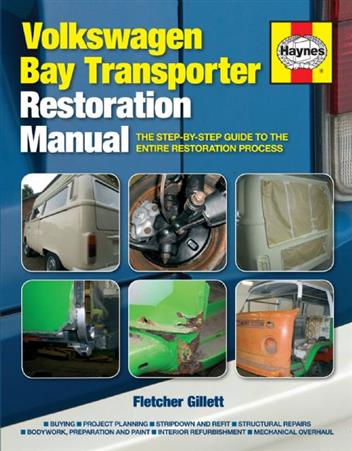
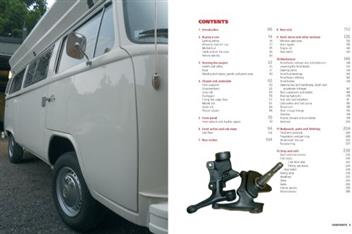


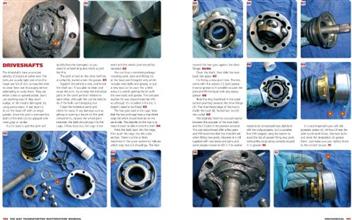


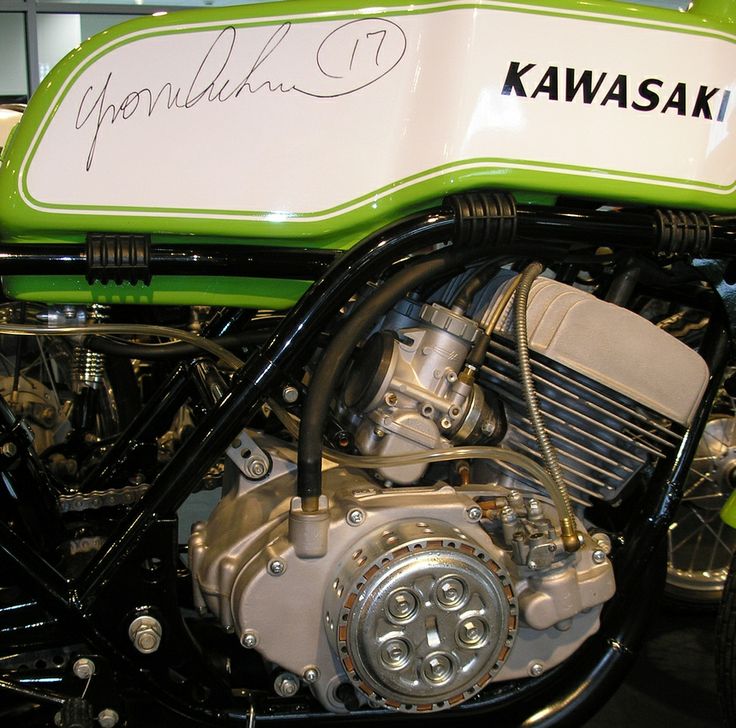
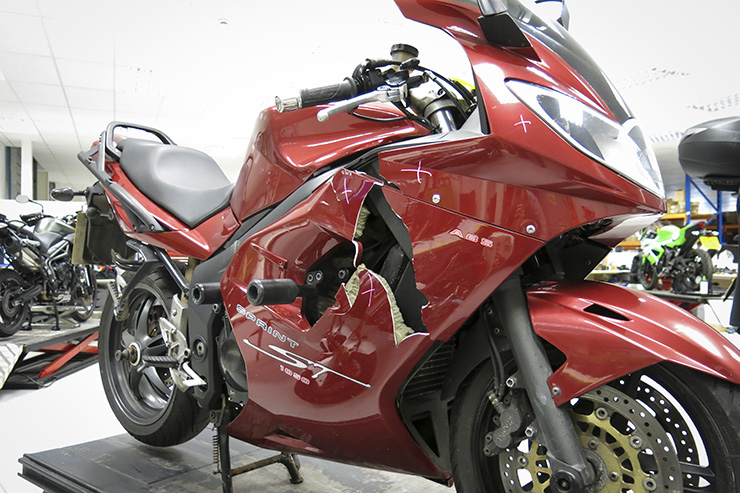
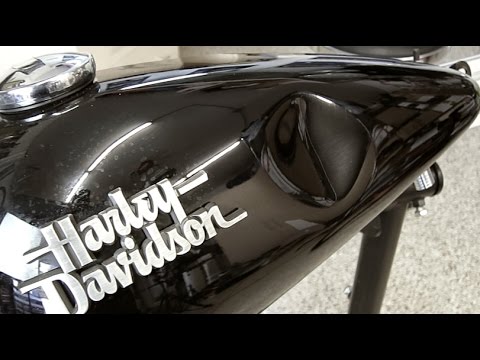
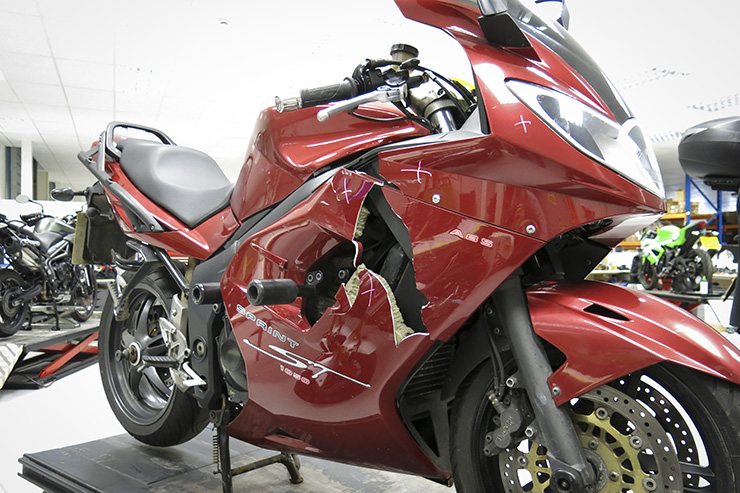
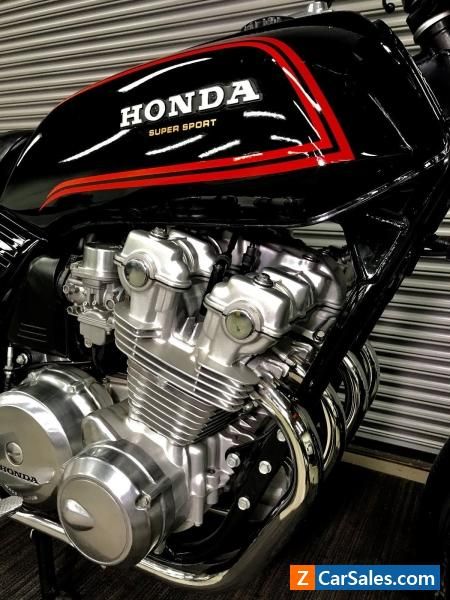
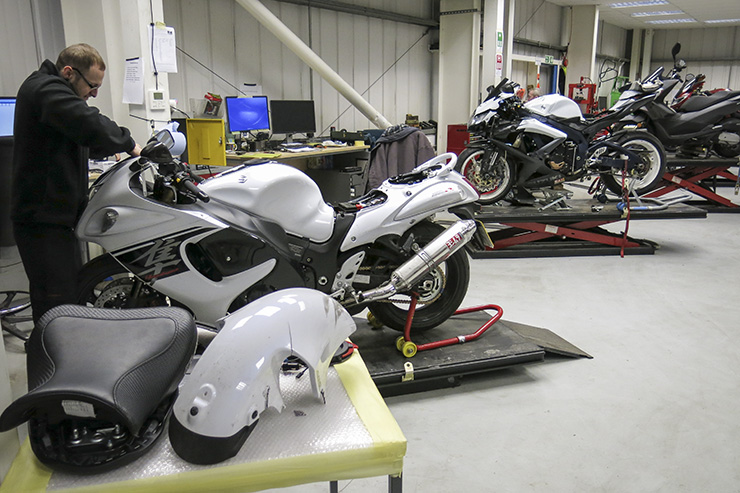
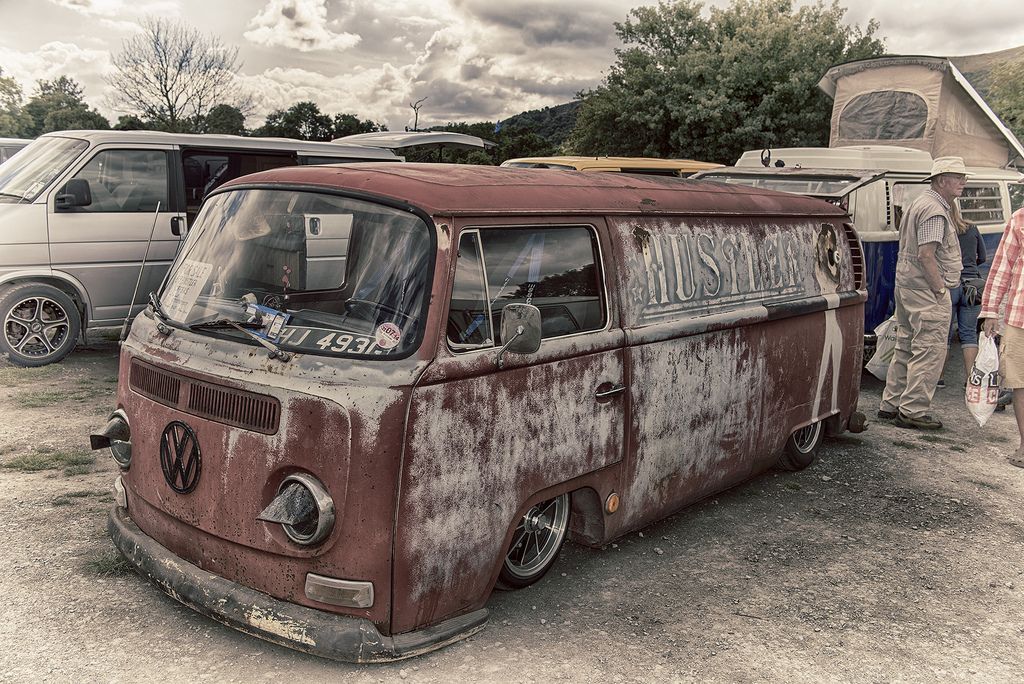
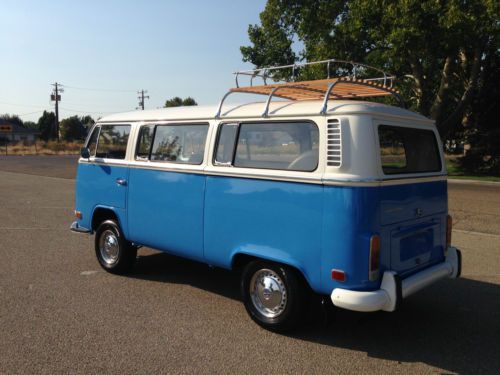
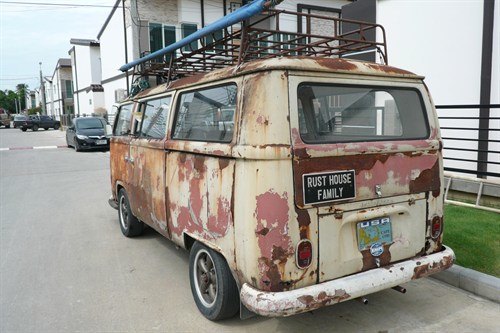
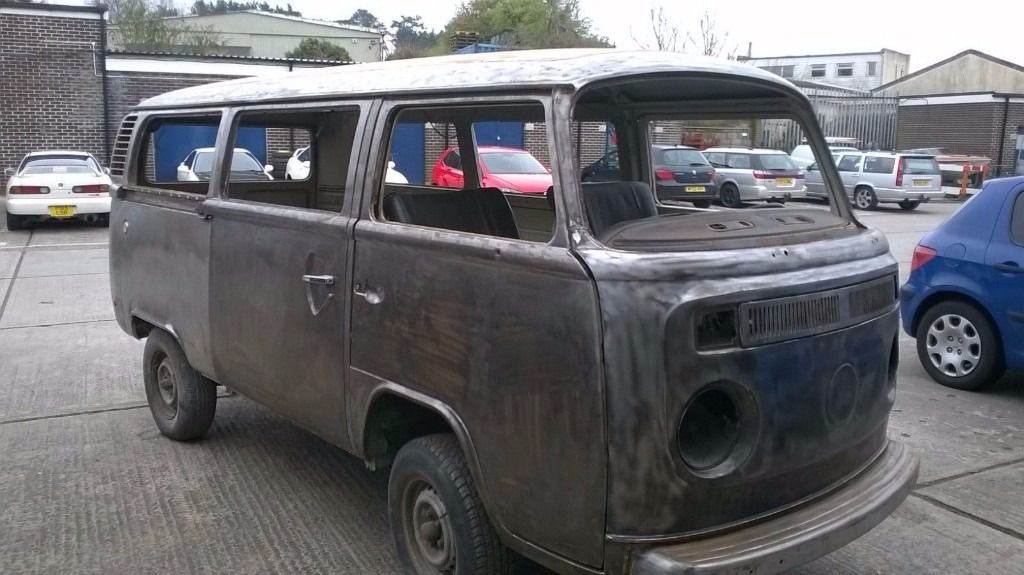
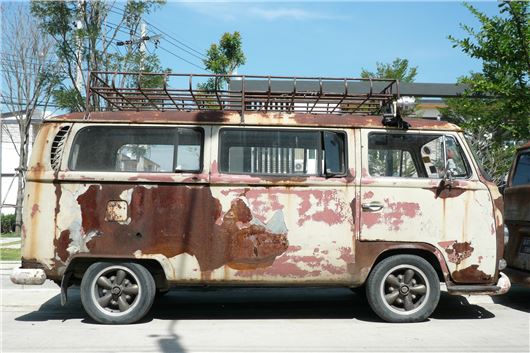
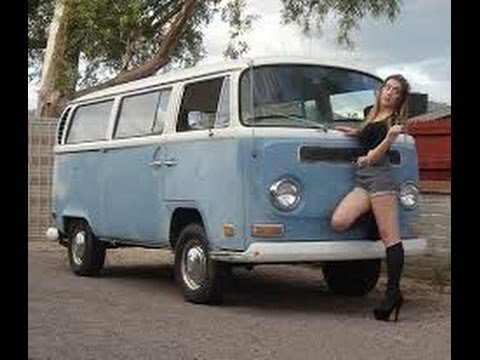
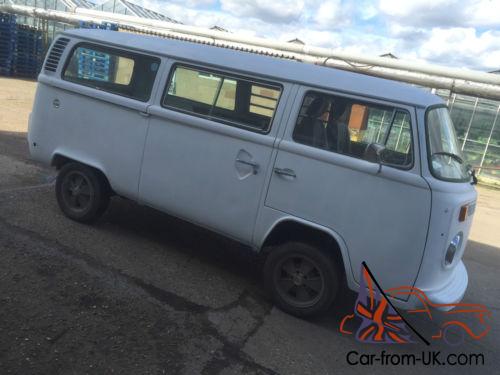 >
>